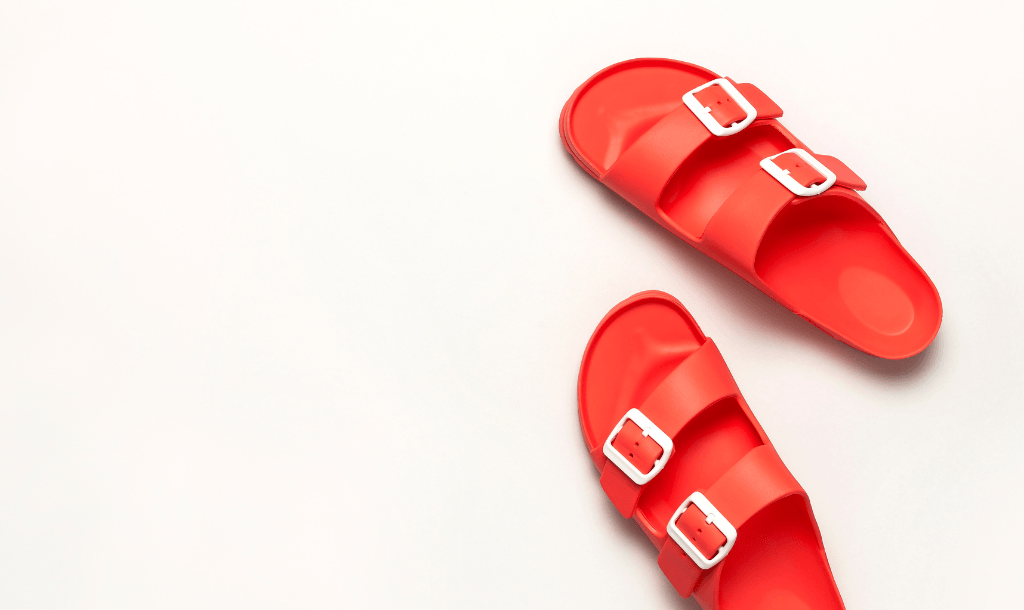This article was first published in Fineprint, Autumn 2021, No 84.
Treat your friend as if he might become an enemy (Publilius Syrus, 85-43 BC)
Social media is a very powerful marketing tool. If used and managed properly, platforms like Facebook, Instagram and Twitter can be a brand’s best friend. If not managed properly, however, social media platforms can be a brand’s enemy. They can, at least temporarily, impede growth and — in the most extreme circumstances — cause significant damage to brand reputation.
In the context of intellectual property (IP) rights, whether social media platforms are your friend or foe depends on two factors:
- How you manage the IP rights of your own business, and
- How you treat the rights of others.
In this article, we focus on the two IP rights that feature most prominently in social media marketing – copyright and trade marks – and how these should be managed on social media.
Copyright – be vigilant
The IP right that is probably the most often complained about in social media is copyright. Copyright rights arise automatically on the creation of an original copyright work. ‘Original’ means the product of more than minimal time, labour, skill and judgement and not copied from someone else’s work; it doesn’t mean ‘brand new’ or ‘novel’. The threshold to achieve ‘original’ status is low. Copyright works include logos, photos, images, paintings, illustrations, sound recordings and films — all of which are used extensively on social media.
Quite often, copyright works are used on social media without a copyright owner’s permission. Businesses — from sole traders to large corporates — should be vigilant to ensure their copyright rights are not being infringed. If you see unauthorised use of your copyright material on a social media platform, you should contact the infringer immediately asking them to stop and remove the posts. If this is unsuccessful, or you are not comfortable with contacting the infringer directly, you should ask your IP specialist to send a strongly worded letter. If there is no response or action to that letter, you can make a formal complaint to the platform on which your copyright is being infringed.
The online complaint forms used by Facebook and Instagram, for example, require you to provide them with details of your copyright work (what type it is — photo, video, artwork, software, logo, etc.) and links to where the copyright work can be publicly seen. If the copyright work isn’t viewable online then you have to describe the work in detail or attach an authorised example. Without this information, the platforms cannot assess your complaint. In cases involving photos, videos, artwork and logos businesses should be able to readily provide evidence of their rights to the platforms. In other cases, it could be more difficult to describe the copyright work or provide the requisite evidence.
It may be that you don’t want to provide a copy of your copyright work to Facebook; for example, if your complaint relates to infringement of copyright in confidential product drawings by a New Zealand competitor. In this case, the last thing you want to do is disclose your copyright works. However, enforcing your rights directly against an infringer to avoid the requirements of a formal complaint process may be difficult as the infringer could be based overseas or may not be locatable at all.
The bottom line is that if you can’t meet the platform’s requirements to prove copyright infringement you risk your complaint not being upheld and the unauthorised use of copyright material continuing.
Trade marks — be registered
Rights in a trade mark can be acquired through registration and/or use. In the social media arena, registration of your trade mark is particularly important. Enforcing rights in unregistered trade marks on social media platforms is extremely difficult as these platforms do not recognise unregistered trade mark rights.
As a general rule, a business’s principal trade mark/s — usually a name and/or logo — should be registered for a number of reasons; the two main ones being:
- It is the best form of protection against unauthorised use of your trade mark. As registration is a matter of public record, anyone thinking of registering or using an identical or similar trade mark to yours can easily check to see if they can (or cannot), and
- It provides a readily identifiable, nationally-recognised business asset — unlike the situation with unregistered trade marks where owners must provide evidence of use to establish their rights and where rights are often locally or regionally limited in scope.
A registered trade mark not only gives your trade mark better IP protection, but it is also more attractive to investors and potential buyers of your business than an unregistered trade mark. If you see unauthorised use of your trade mark on a social media platform, then as with copyright infringement you should contact the infringer immediately asking them to remove the references or posts. If this is unsuccessful, or you are not comfortable with contacting the infringer directly, then again you should ask your IP specialist to send a strongly worded letter. If that doesn’t work, make a formal complaint to the platform on which the infringement took place.
The online complaint form used by Facebook and Instagram, for example, asks you to provide registration details such as the country or countries in which your trade mark is registered, its registration number and the categories of goods and/or services covered by your registration. You are also asked to upload a scanned copy of your trade mark registration certificate/s or a screenshot of the registration on the website or database of the applicable national or community IP office/s; in New Zealand, this is the Intellectual Property Office of New Zealand. If your trade mark is not registered, you cannot complete the form.
The need for your trade mark to be registered is reinforced, for example, by Facebook’s Commerce & Ads IP Tool which gives users the ability to search ads, marketplace posts and group sale posts and report content that the user identifies as infringing their IP rights. Access to the Tool is not automatic though. IP rights owners must apply to gain access using Facebook’s online form — which requests much of the same information as the trade mark complaint form. In short, if you don’t have a registered trade mark you will face an uphill battle convincing a social media platform to uphold your complaint.
Parting thoughts
If you actively use social media to market and promote your business, do treat social media cautiously. If you haven’t already done so, register your principal trade marks and maintain a vigilant eye for any infringement of your copyright rights.
An example of copyright infringement that hit the news in mid-2020 was the use on Twitter of a cover of Linkin Park’s 2002 song ‘In the End’ in a campaign advertisement released by former President Trump’s team. The video advertisement, originally posted by White House social media director Dan Scavino, was later retweeted by the former president.
On 18 July 2020, Twitter removed the advertisement following a formal takedown request by Machine Shop Entertainment, Linkin Park’s business arm and management company.










